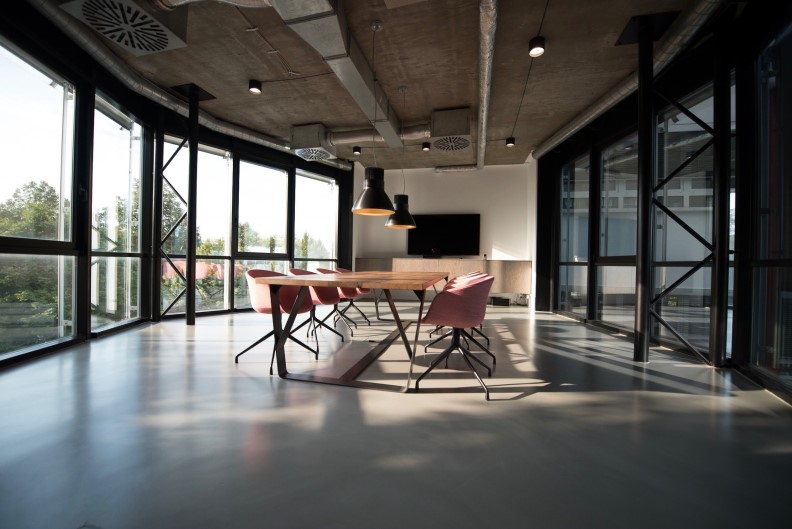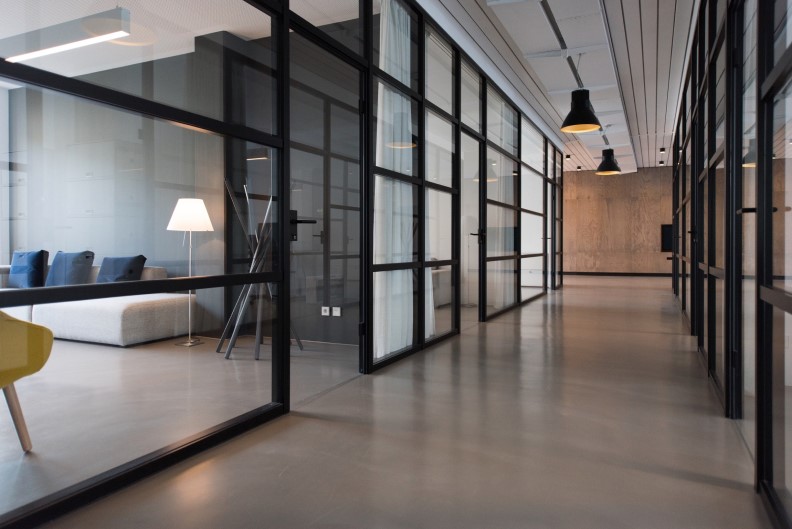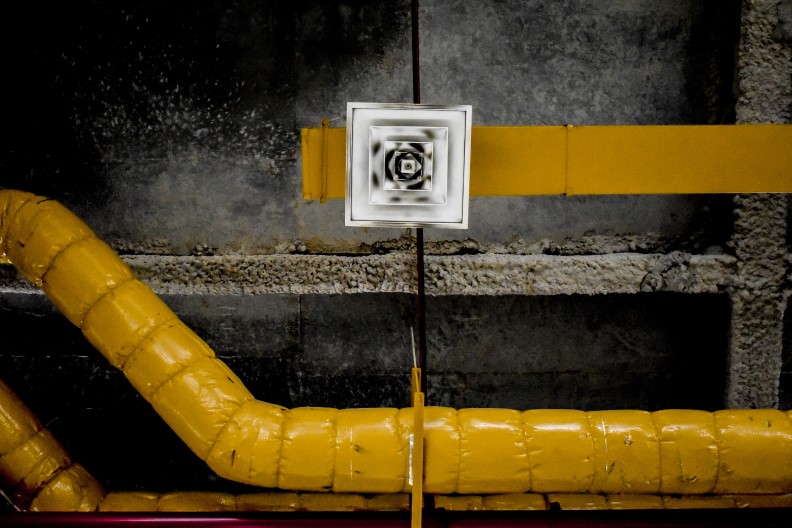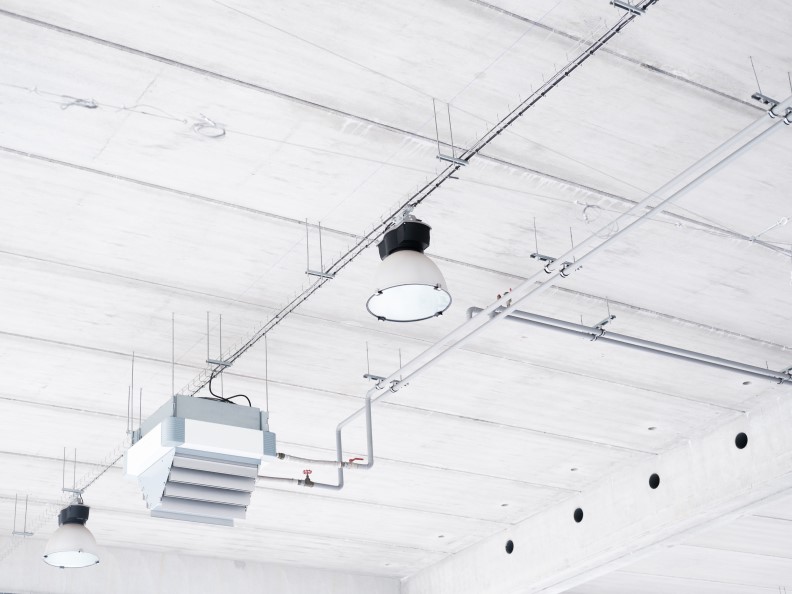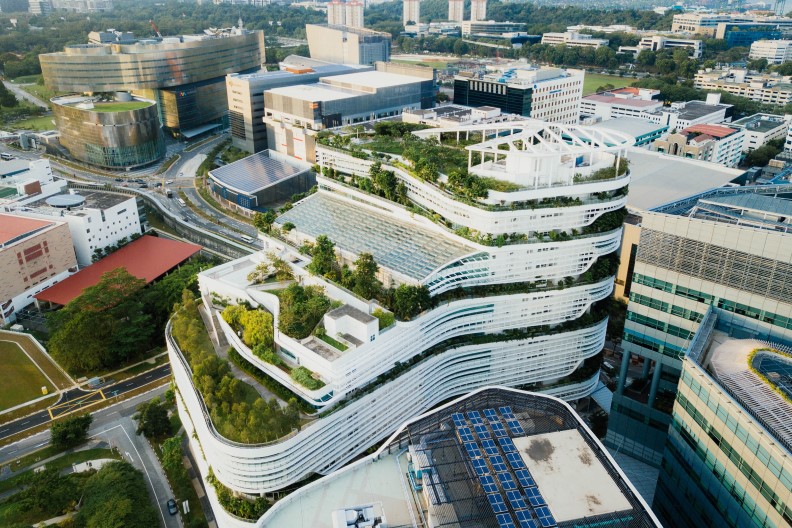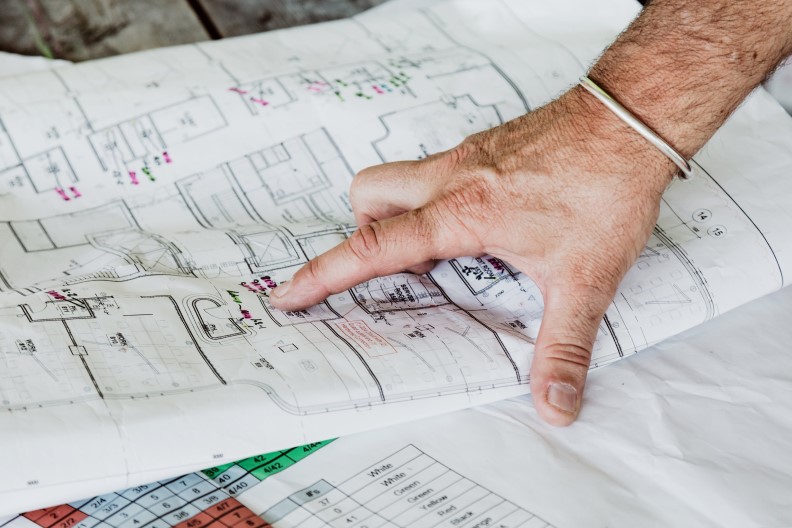A well-designed ventilation system is fundamental for energy efficiency and indoor air quality in buildings. Air pollutants accumulate when ventilation is too low, but an excessive ventilation airflow represents a waste of energy. Ideally, a ventilation system should keep pollutants at safe levels, while achieving the lowest operating cost possible. This can be achieved by […]
Demand controlled ventilation achieves energy savings by optimizing the outdoor ventilation airflow provided to a building. This not only saves fan power, but also the energy cost of heating and cooling the outdoor air. However, consider that DCV is an investment, and having an accurate budget of the installation is very important. Providing a general […]
Demand controlled ventilation is among the most effective HVAC efficiency measures, reducing airflow when occupancy, normally measured from a CO2 sensor, decreases. However, an airside economizer (according to ASHRAE standard 90.1) is also effective in many climate zones. Thanks to its temperature sensor, this device is capable of detecting when the outdoor air (OA) has a suitable […]
DCV is becoming a popular measure for ventilation systems, due to its benefits. DCV can improve both energy efficiency and indoor air quality, and it can help buildings meet the requirements of certification programs like LEED and WELL. Since the outdoor airflow is optimized, DCV can also reduce the cost of heating or cooling that […]
The basic principle of demand controlled ventilation (DCV) is adjusting the outdoor airflow (OA) based on occupancy. However, consider that every building is unique, and the optimal DCV strategy changes accordingly. Ventilation systems can also be equipped with air pollution sensors, allowing a response to pollutants that are not related with occupants. All DCV designs […]
Demand controlled ventilation has been deployed mostly in commercial and industrial buildings. Residential applications of demand control ventilation have been more limited, since many homes use natural ventilation. The multifamily residential sector has provided more opportunities to deploy demand control ventilation, especially in the common areas of buildings. Ventilation requirements for homes have been historically […]
Demand controlled ventilation, or DCV, is one of the most effective methods to improve the energy efficiency of HVAC systems. DCV is based on a simple principle: when indoor spaces are at partial occupancy, the full design airflow is not needed. The equation is simple: moving less air requires less fan power, reducing electricity expenses. Since the […]
Demand controlled ventilation (DCV) is often discussed in building designs and energy efficiency projects. The concept may sound technical, but the underlying principle is very simple. Providing just the right airflow needed is more efficient than using fans at full power all the time. There are several basic requirements to make demand controlled ventilation possible. […]
Demand controlled ventilation can be used in both single-zone and multi-zone systems. In both cases, DCV saves energy by adjusting airflow according to the number of occupants. In addition, if the system is able to measure the concentration of certain air pollutants, it can respond to pollutant sources that are independent from the number of […]
Demand control ventilation focuses on optimizing the outdoor airflow according to occupancy. However, the energy savings of DCV extend beyond air handling equipment. The entire HVAC system becomes more efficient, and this includes air conditioning and space heating. A constant supply of outdoor air (OA) is necessary to conserve indoor air quality in buildings, keeping […]
Energy efficiency is increasingly becoming an important aspect of modern construction. In spite of whether a building is a few years old or just about to be constructed, installing a Demand Control Ventilation is now the preferred ventilation for most people. This system surpasses the traditional ventilation systems in many ways when it comes to […]
Demand controlled ventilation consists on adjusting airflow according to the number of occupants, with the goal of reducing fan energy consumption. Less airflow also requires less heating and cooling, leading to additional HVAC savings. However, energy efficiency can be improved further with a heat recovery system. Heat recovery ventilation (HRV) consists on exchanging heat between […]
DCV has the goal of adjusting the air supply as needed, according to the number of occupants. Modulating the available cfm is much more efficient than keeping the fans at full power all the time. There are many methods to monitor the number of present people, such as using motion detection sensors. However, measuring the […]
DCV leads to more efficient HVAC installations, while improving indoor air quality. Basically, a DCV system provides just the right flow of air based on floor area and occupancy, instead of using the maximum flow rate available from fans all the time. However, DCV is only effective with adequate controls. The main control input for […]
When designing a demand controlled ventilation (DCV) system, mechanical engineers must be aware of the latest requirements in building codes. Since technological innovation does not stop, codes and standards are updated at regular intervals. Both ASHRAE and the International Code Council (ICC) review their standards at three-year intervals. Local governments tend to upgrade their codes […]
Demand controlled ventilation can be considered an investment, where building owners add sensors and fan controls to reduce HVAC costs, and/or to meet a set of standards such those from ASHRAE. The savings from other measures like LED lighting can be estimated with relative ease, but the procedure is more complex for DCV systems. Lighting savings […]
Demand controlled ventilation, or DCV, is defined by ASHRAE Standard 62.1 as any method that reduces the outdoor airflow supplied to a zone, based on occupancy sensors or other ventilation requirements. This ASHRAE standard also clarifies that an estimated occupant count is acceptable, when knowing the exact number of persons is technically unfeasible. The main […]
Title 24 of the California Code of Regulations (CCR) contains the California Building Standards Code. In particular, demand controlled ventilation is covered under Title 24, Part 6: Energy Efficiency Standards for Residential and Nonresidential Buildings. This set of regulations is also known as the California Energy Code. Ashrae standards are the main design reference for […]
LEED stands for Leadership in Energy and Environmental Design, one of the most popular certification frameworks for green buildings with sustainable systems that go well beyond HVAC. The certification was developed by the US Green Building Council (USGBC), and internationally it is managed by Green Business Certification Inc (GBCI). Before a building can get this […]
The design process for demand controlled ventilation is covered in depth by Ashrae standards and building codes from around the world. However, a special approach is required when DCV is used in existing buildings. Since there is already a ventilation system in operation, the design process must determine how it will be enhanced with DCV […]
Indoor air quality and HVAC expenses are determined in great part by ventilation. A higher airflow requires more fan power, and depending on the season this can also increase air conditioning costs or space heating costs. However, there is a limit to how much the ventilation airflow can be reduced, since fresh air requirements increase […]
With the increasing advancements in ventilation technologies, demand controlled ventilation (DCV) systems have become a major factor for indoor air quality. Demand controlled ventilation systems are particularly beneficial in meeting rooms, where occupancy and pollutant accumulation may reach harmful levels. The Basics of Demand Controlled Ventilation Demand controlled ventilation can enhance heating, ventilation, and air […]
Air-handling units (AHU) have a very important role in HVAC installations, since they keep an adequate ventilation airflow for indoor areas. Air handlers have a much lower energy consumption than heating and cooling equipment, but their airflow determines the workload on the complete installation. If more outdoor air is being supplied by the air handler, […]

